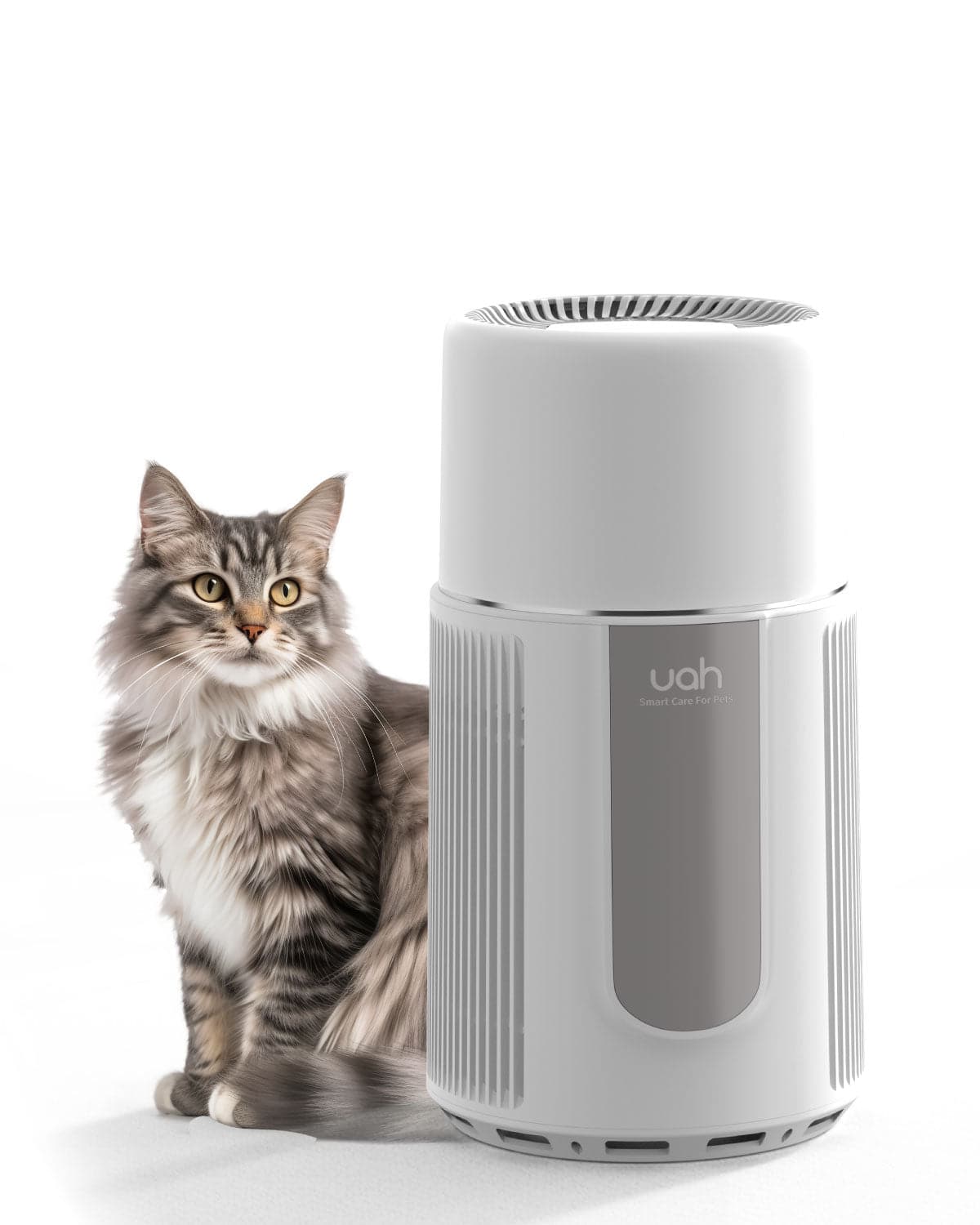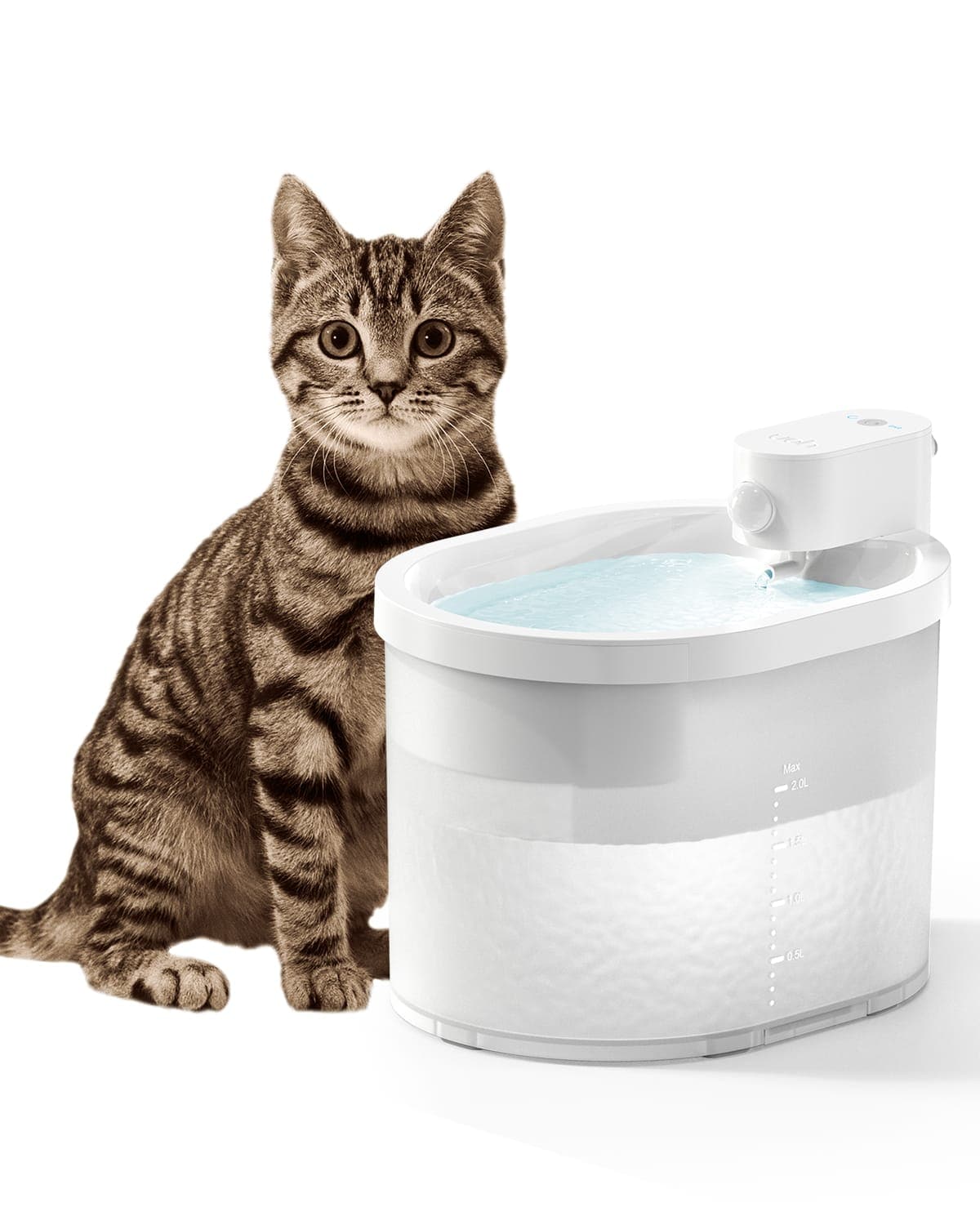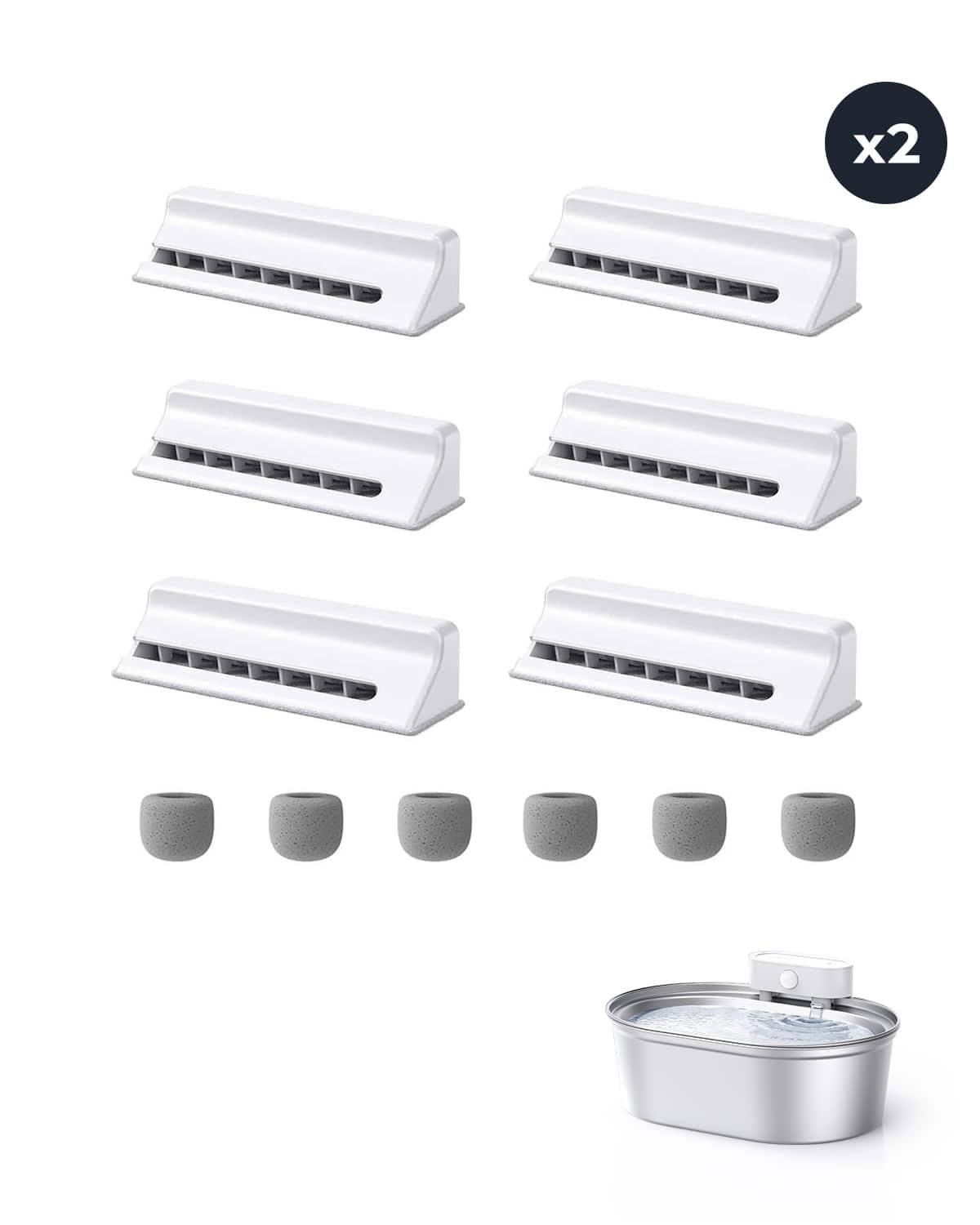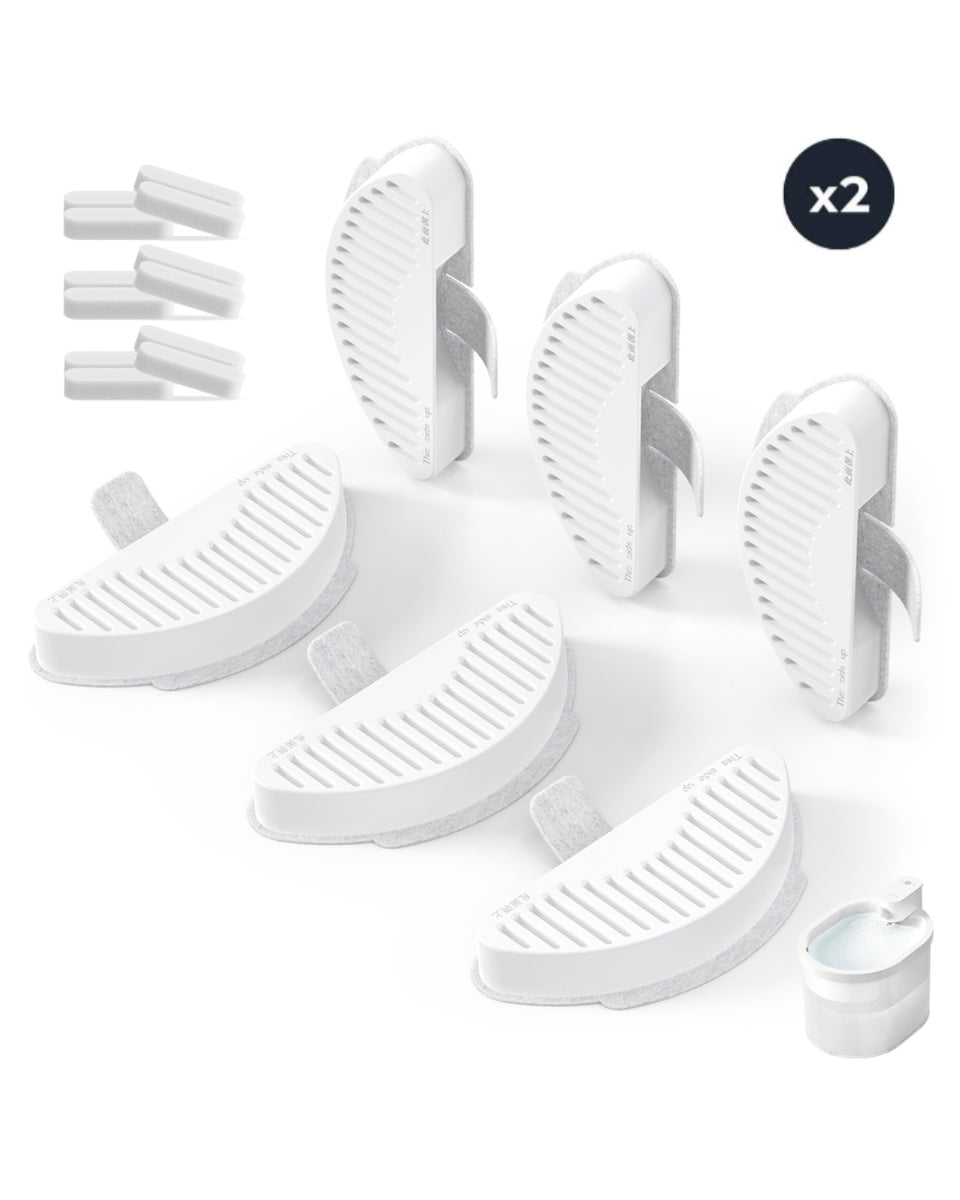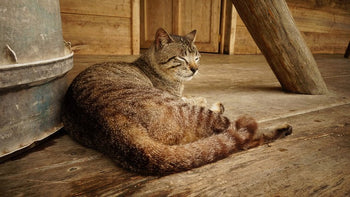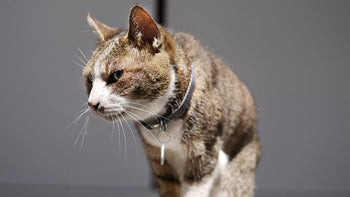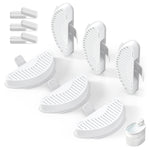Cats always crave new excitement, and even a newly purchased luxury cat tree can be hard to sustain their interest. After a few days, you may find them scratching their furniture instead, and it can be painful to watch all that money spent go unnoticed. Imagine having a cat tree that changes as your cat grows, always keeping their attention! Now, that possibility has arrived: learn how to DIY a cat tree designed to keep your cat company and provide lasting pleasure.

Types of Cat Trees
Basic Cat Trees: These usually consist of a single platform and a scratching post. Ideal for smaller spaces, they provide a basic structure for your cat to climb and scratch.
Multi-Level Cat Trees: These are more complex structures featuring multiple platforms at varying heights. They allow for more exploration and play, making them suitable for active cats.
Cat Towers: Tall and spacious, cat towers often include enclosed spaces for hiding and lounging. They can be a perfect retreat for shy cats.
Wall-Mounted Cat Trees: These save floor space by attaching directly to the wall. They are great for creating vertical space in your home.
Luxury Cat Trees: Often designed with high-quality materials and unique aesthetics, these trees can blend seamlessly with modern decor while offering plenty of features.
DIY Steps for a Multi-Level Cat Tree
Creating a multi-level cat tree can be a rewarding project. Here’s how to do it step-by-step:
Materials Needed
- Wood: Plywood or solid wood.
- Example: One base measuring 24" x 24", two vertical posts of 36", and three platforms of 18" x 18".
- Carpet or Fabric: To cover the platforms for comfort and traction.
- Example: Thick carpet that matches your home decor.
- Sisal Rope: For scratching posts.
- Example: 3-4 feet of sisal rope per post.
- Tools: Power saw, screwdriver, screws, sandpaper, heavy-duty stapler.
- Non-Toxic Paint or Stain: For finishing touches.
Step-by-Step Instructions
1. Design Your Cat Tree
Begin by sketching your cat tree:
- Base: Ensure it’s stable and wide enough to support the height.
- Posts: Determine the height; 36" to 48" is a good range.
- Platforms: Plan for different heights (e.g., 12", 24", 36").
2. Cut the Wood
Using a power saw, cut the wood according to your design:
- Example Cuts:
- Base: 24" x 24".
- Posts: 4" x 36" (2 pieces).
- Platforms: 18" x 18" (3 pieces).
Sand the edges to smooth any rough spots.
3. Assemble the Base and Posts
Secure the posts to the base with screws:
- Position each post at the corners of the base, about 2" from the edges.
- Use 4 screws per post to ensure stability.
4. Attach the Platforms
Install the platforms:
- Start with the first platform at 12" above the base.
- Use a level to ensure it is even, securing it with 2 screws at each corner.
- Repeat for the other platforms, spacing them 12" apart.
5. Cover with Carpet
Cut the carpet to fit the platforms:
- Example: For an 18" platform, cut the carpet to 20".
- Staple the carpet securely to the platform, ensuring neat edges.
6. Add Scratching Areas
Wrap the sisal rope around the posts:
- Start from the bottom and wrap tightly, ensuring no gaps.
- Leave a few inches at the top for your cat to scratch.
1. Finish and Decorate
Apply non-toxic paint or wood stain to enhance the look:
- Example: Choose light colors for a modern aesthetic.
- Let it dry completely (at least 24 hours).
2. Enhance with UAH Pet Toys
To make your cat tree even more inviting, consider adding pet toys from UAH Pet’s collection:
- Example: Hang feather toys from platforms or attach small plush toys to the posts for interactive play.

Conclusion
Building a cat tree is a fantastic way to provide your feline friend with a safe and stimulating environment. By understanding the different types of cat trees and following these detailed DIY steps, you can create a multi-level cat tree tailored to your home and your cat’s needs. Don’t forget to enhance the tree with fun toys from UAH Pet for an even more exciting experience! Happy crafting!
FAQ
What is the best height for a cat tree?
The best height depends on your space and the size of your cat. Generally, heights between 36" to 48" are suitable for most households. If you have multiple cats, consider a taller cat tree to provide more play and exploration space.
How do I choose materials for a cat tree?
Opt for durable and easy-to-clean materials. Solid wood and high-quality plywood are good choices as they are sturdy and long-lasting. Ensure that any paint or finish used is non-toxic to keep your cat safe.
Do I need to maintain the cat tree regularly?
Yes, it’s important to regularly check the stability and wear of the cat tree. The sisal rope may wear down with use, so you can replace or re-wrap it as needed. Additionally, keep the tree clean by vacuuming and washing the coverings regularly.



